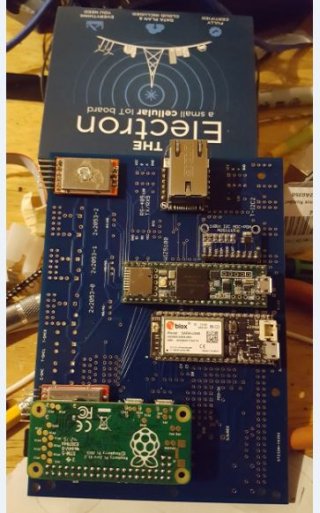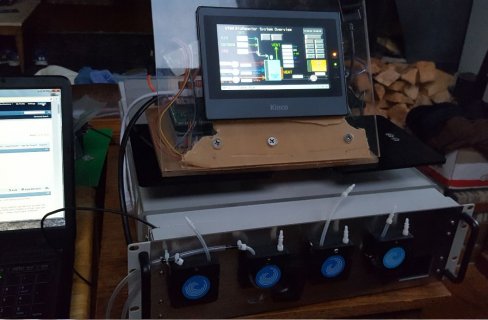Sorry, I may be confused but is thanos and 1bit are we talking about same thing or two different setups.
Thanos:
Code:
SPI1.begin();
SPI1.setSCK(20);
SPI1.setMOSI(21);
SPI1.setMISO(5);
SPI1.setCS(31);
Should work either way, but have you tried:
Code:
SPI1.setSCK(20);
SPI1.setMOSI(21);
SPI1.setMISO(5);
SPI1.setCS(31);
SPI1.begin();
Not sure what you mean when you say:
Code:
I connected mosi1(21),miso1(5) and sck1(20) and do not work.Why?
Is there any additional information, like: what is hooked up to the pins? Do you have code here that does things like: SPI1.??? or are you using some library? If so which library? Many libraries are not setup to handle SPI1...
CS pin - How are you driving it? the setCS may or may not help you. That is if you are using the underlying hardware setup for SPI, where you are pushing stuff onto the queue (depth of 1), where the command allows you to specify what to do with the CS states, then yes this is necessary, otherwise you may have to drive the CS pin yourself using digitalWrites.
Again without seeing what code you are trying to use. If you are translating from using SPI to SPI1, you may run into other issues, like SPI has a queue with depth of 4 items, where SPI1 and SPI2 have a depth of 1.
So for example in my version of the ILI9341_t3n library I had to setup to handle depth of 1. Example there is readPixel code that would keep pushing stuff onto the output queue, until full and then keep reading the input queue until there were 3 items on it, which it then read and construct the pixel color from. That code does not work when queue size is 1...
Edit: Another example I have a modified version of Radiohead library where I can configure it up for SPI1 and on one board I have a LoRa (RF95), that works on SPI1. I am using Miso=5, Mosi=21, SCK=20, cs=31




